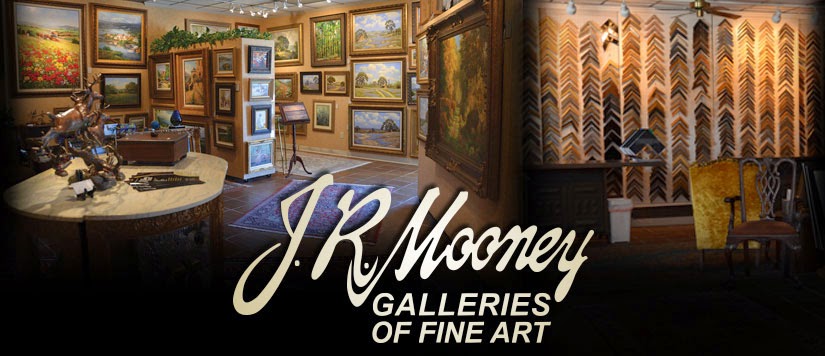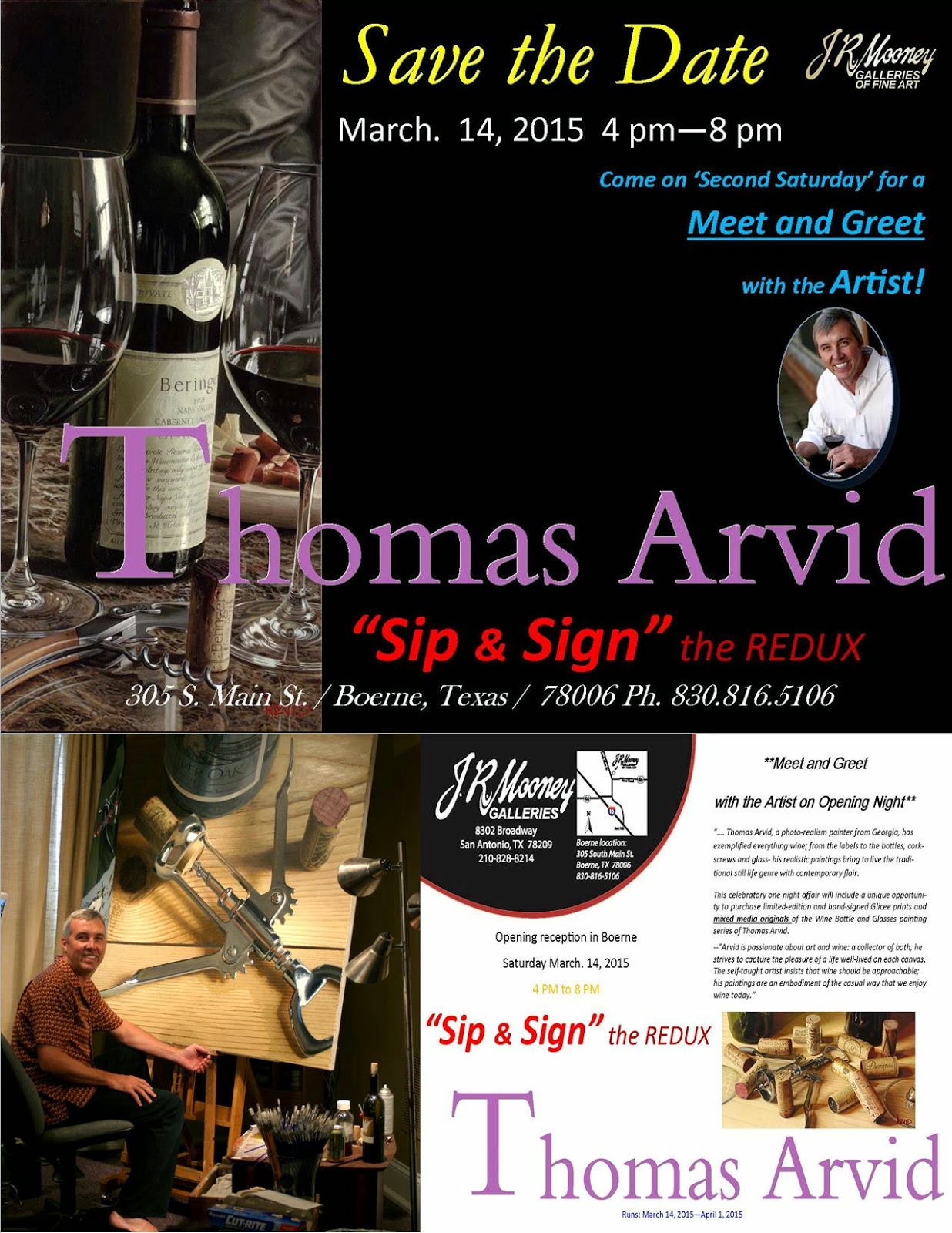Before
the iconic landscape paintings of Brackenridge Park and the Texas Missions, highly
stylized palette knife floral, and the animated art residency lecture series at
Incarnate Word College, his powerful and political client base drove his
international reputation. Early in his
artistic career and living in several countries including Spain, Venezuela, and
Mexico City, Jose Vives-Atsara struggled financially. With a charismatic and colorful personality, and
a personal drive to economically care for his growing family, Vives-Atsara
befriended many. In the varied environments
he found himself, he discovered an eclectic array of visual stimulus.
Living
in Mexico City, Mexico from 1949-1956, he found inspiration in the people, the
culture, and the aura of the open air markets.
Here, Vives-Atsara worked on a series of portraits in the mid 1950’s.
Although he was a traditional based artist, painting landscapes, still-lifes and
florals; his representations were seemingly different. The portraits took on a
more raw quality, a less refined appeal, giving grace to the constant
challenges of a landscape painter to project a portrait painting. None- the-
less, Vives-Atsara continued to explore this genre and was unrelenting in his
need to capture the essence of the people he loved and pride for this new
country he called home. However, not as
refined as his Texas based paintings, the portraits give us a chance to see how
the shortcomings of an artist yearning to paint people produce such dynamic,
almost naïve portraitures. Although his
portraits do not demand the $20,000- $60,000 prices his large landscapes and
floral receive. They are a great
addition to any collection. They are a
stable art market investment and have continued appreciation value.
Two
paintings that are now only beginning to gain buzz in the contemporary social
norms of woman’s right to choose, pay equality, public breastfeeding and other re-evaluations
of gender based norms are Vives-Atsara’s Mother and Child and Madre
Indigena.
Vives-Atsara’s
motherly depictions are spot-on with a glowing aura of elegance; as public
feedings, no less controversial, move within the women’s right to choose and
her child rearing choices and actions in the public sector.
Mother
and Child is
a side profile portrait of a woman with her child. While facing to the left,
the woman’s angle directs us down to the bundled child. The slope of the
vegetation and agave plants in the background align with the sweeping features
of woman’s body, exposed flesh-nursing her young. We are directed along with
visual route down through the pale blue coverings of the baby’s hood and
jacket; pausing at the closed eyes. We can sense the calming of the
innocent child during the sacred feeding and natural nourishment.
Madre
Indigena, is a
celebration of motherhood, but with an opposite compositional angle
to
Mother and Child. A woman and her baby share an embrace that illustrates
the seemingly mundane daily routines of two individuals, caught up in their own
symbiotic relationship - locked together for life and death importance. In the painting we see and acknowledge one
needing the other for life, for substance; a nurturing of spiritual and
metaphysical essence. We as observers see the endearing grin of the
mother, looking down to the child; reminiscent of a religious experience .
Vives-Atsara’s setting, backdrop and environment in this painting speak to the
proletariat, the worker in the field, the peasant and the Mercado worker; a
public display of endearment that meets with mixed reactions depending on the
viewing geography.
While
both can lay the groundwork for discussion, each maintains and depicts the
underlying womanly obligations, a chastise-able action by some, but painted
with undeterred nobility.
Take
time to appreciate Jose Vives-Atsara’s portrait series with an open mind. An artist’s desire to create knows no boundaries. When he found inspiration in what he saw,
Vives-Atsara took that to the studio.
Enchanted with the people and their ethnic diversity, he painted broad
noses, thick hair, utilitarian garb, and strove to portray the social hierarchy.
In his paintings, we see aspects of indigenous
facial characteristics of these nameless people, but also familiar traits of
our own Texas cultures. Art is
Universal, and in these rare portraits, Jose Vives-Atsara gives us a chance to
see that.
©
Gabriel Diego Delgado/ J.R. Mooney Galleries


























